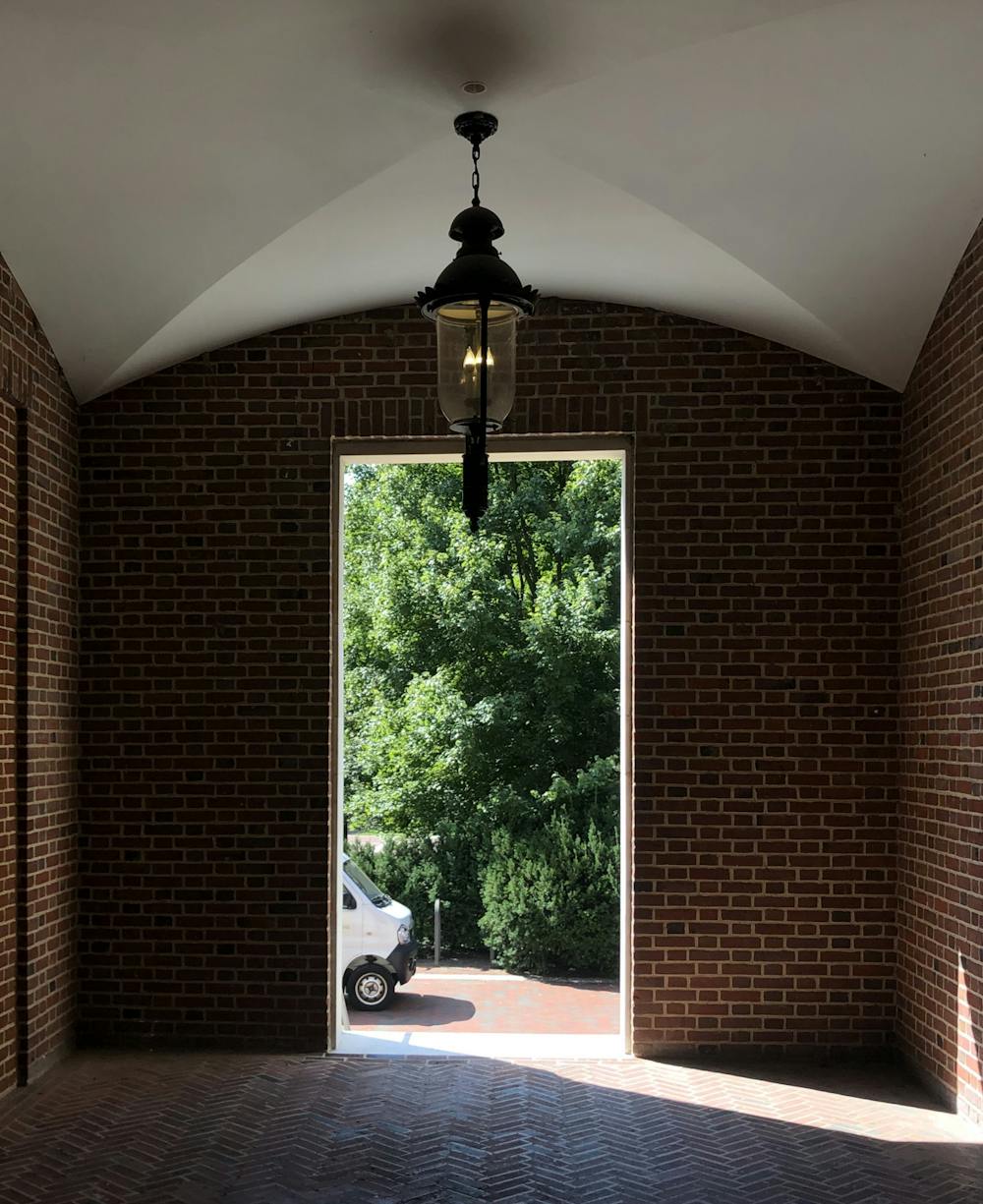Maryland Governor Larry Hogan announced that the state is making $70 million in investments toward COVID-19 relief funding in a press conference on Nov. 12.
This follows his Nov. 10 announcement that Maryland will be increasing its COVID-19 restrictions. These protocols include restricting indoor dining capacity to 50%, limiting indoor gatherings to 25 people and a travel advisory against visiting states with a COVID-19 test positivity rate of over 10%. Currently, 28 states have a positive test rate that exceeds 10%.
Baltimore City restrictions are even stricter. On Nov. 6, Mayor Bernard C. “Jack” Young announced that indoor and outdoor gatherings will be capped at 10 people and indoor dining and religious services will be capped at 25%. Additionally, all indoor dining must close by 10 p.m.
These increased restrictions are the result of rising numbers of COVID-19 cases in Maryland. As of Nov. 13, the state has 4,112 deaths and 159,900 confirmed cases — 1,477 more confirmed cases than the day before. The test-positivity rate in the state is 5.65%.
Sophomore Tomisin Longe is currently living in Baltimore. Longe cited their experiences at work as their reason for supporting elevated restrictions in the city.
“I definitely support harsher restrictions,” Longe said. “I work at a supermarket and people come in without masks, they’re touching things, they’re coughing and sneezing on everything.”
Freshman Jabari Lawrence noted in an email to The News-Letter that, to him, the restrictions are annoying but understandable.
“I live in the Homewood Apartments and I go downtown from time to time,” he wrote. “It's obviously inconvenient to have restrictions, but the reason why is understandable. America is dealing with yet another COVID wave, and we all have to make sacrifices.”
Longe would be happier if the restrictions were higher.
“Closing things earlier isn’t even enough,” they said. “I understand it would be a major inconvenience for people who don’t have the privilege of adjusting their schedules to things closing earlier, but I think making the restrictions harsher is the only way we will get through the pandemic more quickly.”
Sophomore Nikki Ucheya highlighted the importance of economic success amid restrictions in an email to The News-Letter.
“I don’t know all the answers as to what the next moves should be, but I’d like to think there is a way to flatten the curve without causing too much harm to said businesses and employees,” she wrote.
The $70 million in investments Hogan promised comes from the federal Coronavirus Aid, Relief and Economic Security funding. It is made up of $20 million in personal protective equipment funding, $15 million in unemployment insurance, $10 million in relief for renters, $10 million in mass-vaccination planning, $10 million in support to food banks, $2 million for support to foster care, $2 million to the Supplemental Nutrition Assistance Program and Energy Assistance Administration and $1 million toward an innovative wastewater testing initiative.
With Thanksgiving in two weeks and holidays coming up in December, doctors have warned people against traveling to see family because of the risk of spreading the virus.
Sophomore Juneau Wang supports the restrictions, particularly in light of the upcoming season.
“It makes sense that restrictions should be elevated, especially as we head into the winter months,” she said. “With this new surge of cases, there’s kind of no end in sight for the pandemic until herd immunity is achieved through vaccination, but even that would take months.”
Wang noted that students need to be responsible for their actions, especially since the University announced it will open for in-person instruction in the spring.
“I’ve seen a lot of students being irresponsible already among those who are already, currently living on campus,” she said. “I feel like we are just going to see continuing trends of that. We are young people, we want to interact with people, but at a time like this, that is quite dangerous.”
Ucheya was disappointed in her peers and fellow Americans, noting that if people had followed social distancing protocols more closely in the past, greater restrictions would not be necessary now.
She is hopeful that COVID-19 conditions will improve if people adhere to the new guidelines.
“It’s definitely a step in the right direction,” she wrote. “Hopefully people (especially us college students) take it seriously as a whole.”
Min-Seo Kim contributed reporting to this article.





